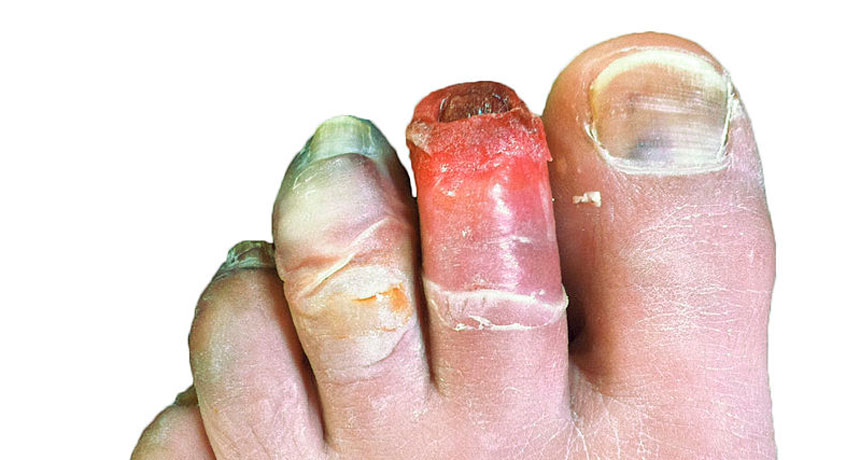blood vessel A tubular structure that carries blood through the tissues and organs.
frostbite Damage caused to skin and other tissue when it freezes.
limb (in physiology) An arm or leg.
muscle A type of tissue used to produce movement by contracting its cells, known as muscle fibers. Muscle is rich in a protein, which is why predatory species seek prey containing lots of this tissue.
nerve A long, delicate fiber that communicates signals across the body of an animal. An animal’s backbone contains many nerves, some of which control the movement of its legs or fins, and some of which convey sensations such as hot, cold, pain.
pup A term given to the young of many animals, from dogs and mice to seals.
tendon A tissue in the body that connects muscle and bone.
tissue Any of the distinct types of material, comprised of cells, which make up animals, plants or fungi. Cells within a tissue work as a unit to perform a particular function in living organisms. Different organs of the human body, for instance, often are made from many different types of tissues. And brain tissue will be very different from bone or heart tissue.

